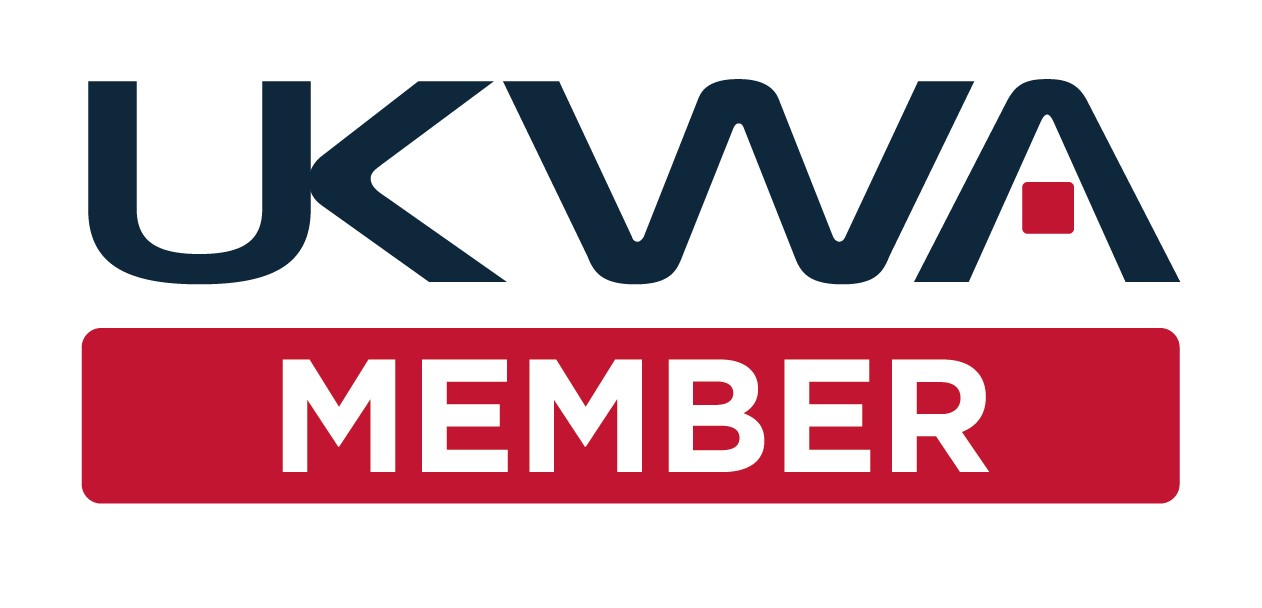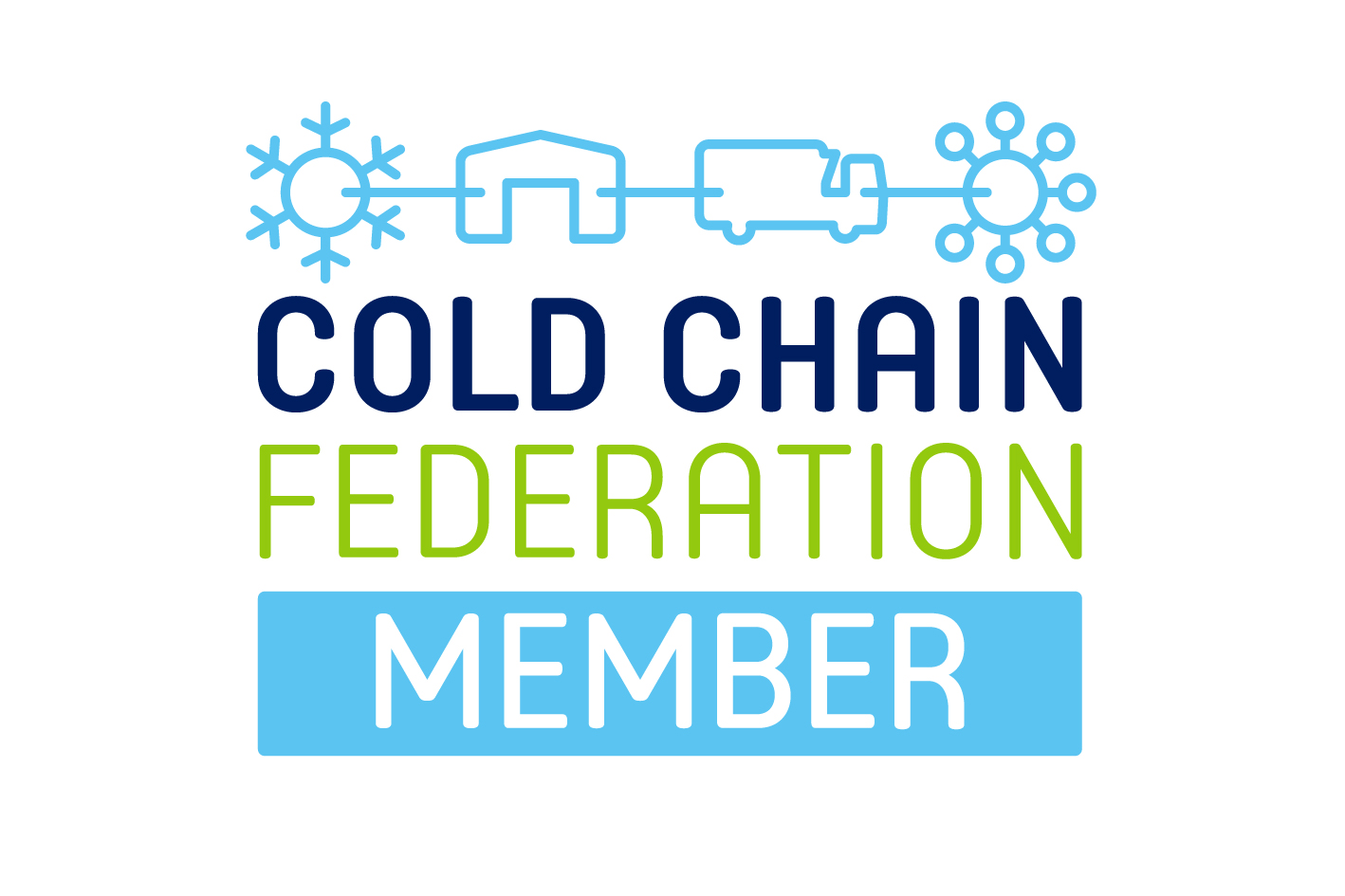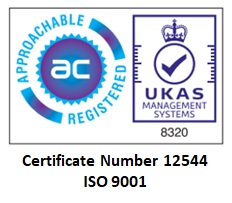WMS Boosts Dale Farm Pick Rates & Traceability
WMS Boosts Dale Farm Pick Rates & Traceability
WMS Software Delivers 28%+ Pick Rate Increase for Leading 3PL Logistics Dairy Producer
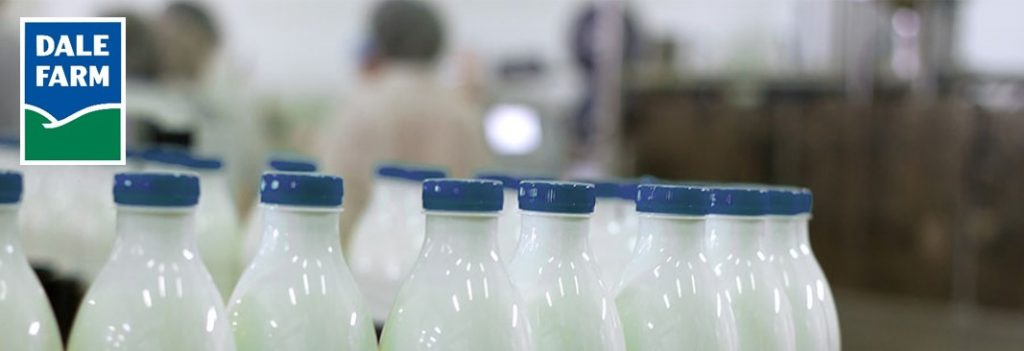
Dale Farm Limited is part of the United Dairy Farmers Group, a UK dairy farmer co-operative owned by over 1,200 dairy farmers who supply it with fresh milk. Dale Farm manufactures and markets a wide range of dairy products spanning milk, cream, milk powders, cheese, butter, dairy spreads, yogurts, ice-cream and desserts. The company operates in the UK, Ireland and 45 other countries via its own Dale Farm, as well as Dromona, and Mullins brands plus multiple other own major labels. The company has a group turnover approaching £728m with over 1,200 employees and comprises five manufacturing locations in Ireland, Scotland and England.
WMS Software Boosts High Volume Picking & Traceability
-
Northern Ireland’s leading dairy company supplying retail, foodservice and ingredients markets
-
Manufactures and markets it’s own and leading brand milk, cream, cheese butter, yoghurt, spreads to over 45 countries
-
Over 1,200 staff across England, Ireland and Scotland
Warehouse Management Software Voice Middleware: Challenges
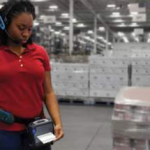 Pick operatives were already using RF handheld terminals. The challenge was to improve individual picking rates and ensure a payback, while assuring all traceability requirements were covered.
Pick operatives were already using RF handheld terminals. The challenge was to improve individual picking rates and ensure a payback, while assuring all traceability requirements were covered.
Given the diverse nature of the products being picked – liquid milk, cheese, chill desserts and yogurts – there were significant stackability requirements in terms of the pallet build to prevent crushing and damages.
There were pallet build rules per consignee; some requiring column stacking, some layered with spacers, and so forth. This wasted significant time by there being no optimised pick face layout walk sequence.
Time operators were physically putting down their hand-held terminals to build pallets and then picking them up again to continue – the repetitive nature of this process resulted in significant wasted time across all operatives.
Warehouse Management Software 3PL Logistics Solution
 As part of the ProWMS Multi-agent Orchestration implementation we provided staff with headsets allowing work instructions to be voice enabled, leaving their hands free. The effect of the voice technology eliminated the time operatives spent reviewing the next line item to pick and the associated time they took to scroll up and down in deciding how to build the pallets. Prior to achieving this it took significant system analysis time, changes to the physical pick face layout, replenishment operation and enhanced rules within ProWMS warehouse management system.
As part of the ProWMS Multi-agent Orchestration implementation we provided staff with headsets allowing work instructions to be voice enabled, leaving their hands free. The effect of the voice technology eliminated the time operatives spent reviewing the next line item to pick and the associated time they took to scroll up and down in deciding how to build the pallets. Prior to achieving this it took significant system analysis time, changes to the physical pick face layout, replenishment operation and enhanced rules within ProWMS warehouse management system.
Firstly, at consignee level within ProWMS Warehouse Management Software War, we set the parameters of pallet build, layered, column stacked etc. When the other changes were affected we let the pickers continue to pick via their HHT’s as part of the trailed implementation, however, we blanked the lines on the HHT’s and if an operative wanted to see the next line they needed to hit “S” for skip. Throughout the shift we would ask operatives why they hit the “S” key to get their reasoning for not selecting the next line presented to them. After a short period, the level of “Skips” dropped and we then migrated the operators to voice.
ProWMS Software…
-
Is real-time, and while many competitors sell voice systems, these are really batch picking.
-
Runs the same code as the HHT’s so you can literally logoff voice and onto a HHT and the order is picked-up where the operator left off.
Our approach enabled a smooth transition to voice and enabled us to ascertain why pickers often made valid decisions not to accept the next instruction. We could then configure ProWMS to adopt this and over time be presented with the optimised next line item almost 100% of the time.
 The time eliminated from physically putting down and picking up the HHT and wasted by operatives from reviewing the next line item to pick was now removed. The newly optimised layout of the pick faces resulted in a 28%+ uplift in operative pick rates. Pick rate statistics are often bounced around, but in this instance, we had comparative rates pre and post the voice implementation. We highly recommend this transitional approach over a “big bang” to de-risk and ensure a successful deployment.
The time eliminated from physically putting down and picking up the HHT and wasted by operatives from reviewing the next line item to pick was now removed. The newly optimised layout of the pick faces resulted in a 28%+ uplift in operative pick rates. Pick rate statistics are often bounced around, but in this instance, we had comparative rates pre and post the voice implementation. We highly recommend this transitional approach over a “big bang” to de-risk and ensure a successful deployment.
Warehouse Management Software: Results
-
Over 28% uplift in operative pick rates achieved
-
Pickface layout configured in ProWMS for real-time operator processing
-
Operators presented with the optimised next line item almost 100% of the time
-
ProWMS Voice Middleware runs the same code as HHT’s – the operator logs off voice and onto HHT so the order is picked-up where they left it off
-
Original process time eliminated reducing OpEx
 “The time eliminated by the operator physically putting down and picking up the HHT, and then reviewing the next line item to pick, was eliminated. The newly optimised pickface layout resulted in a 28%+ uplift in operative pick rates. This reduced Dale Farm’s OpEx, contributing towards increased revenue.“
“The time eliminated by the operator physically putting down and picking up the HHT, and then reviewing the next line item to pick, was eliminated. The newly optimised pickface layout resulted in a 28%+ uplift in operative pick rates. This reduced Dale Farm’s OpEx, contributing towards increased revenue.“
Joe O’Shea, Principal Logistics Technologies
Previous Article
Technical Team Expanded to Support Growing Client BaseNext Article
WMS Enables New AGRO Merchants ServicesWe'll assume you're OK with this, but you can opt-out if you wish.Accept Reject Read More


